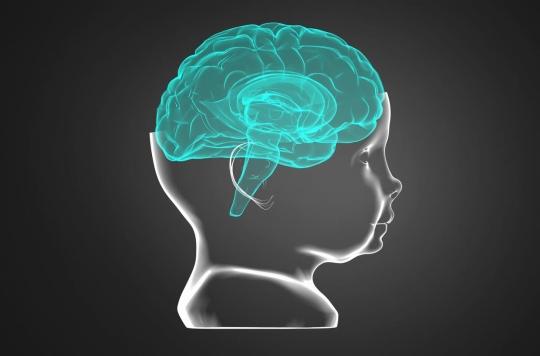While a young couple has just been indicted and remanded in custody for acts of torture and barbarity on their four-year-old child, a new study shows that this kind of trauma changes the brains of victims.

- The perineuronal nets appear during early childhood.
- They develop until late adolescence, increasing in size and number.
- In people abused during childhood, these threads are denser, more numerous and show greater maturation.
Childhood abuse has consequences so strong it can damage the brain, says a new study by Inserm published in the journal Molecular Psychiatry.
Post-mortem brain sections
To better understand the neurobiological changes associated with sexual or physical violence and chronic neglect, researchers from Inserm, the University of Tours and McGill University focused on the ventromedial prefrontal cortex, a brain region regulating emotional responses. . They particularly studied the “perineuronal nets”, compact and dense structures that encircle certain key neurons in the functioning of the body.
To study them, the researchers analyzed post-mortem brain sections from adults (from brain donations by family agreement) who had committed suicide during an episode of major depression. Of the 28 subjects concerned, 12 subjects had had a heavy history of child abuse. These extracts were also compared with those of control subjects who had died of natural causes and had no history of abuse or psychiatric illness.
Reduce the impact of trauma
Different types of analyzes resulted in several observations. First, in subjects abused during childhood, the perineuronal nets were denser and more numerous than those of other individuals. They also showed more significant maturation characteristics.
The researchers will now specify the consequences of these discoveries in mice, in particular on the persistence of traumatic memories linked to early adversity. “These results reinforce the hypothesis of a correlation between early stress and increased development of perineuronal nets. It remains to be discovered if there is a causal link, that is to say if these changes contribute to the development of behaviors associated with abuse and in what way. explains Arnaud Tanti, Inserm researcher and first author of this work. “We could perhaps in the longer term consider manipulating the perineuronal nets to allow some plasticity to be restored or to reduce the impact of the trauma and the psychiatric risk afterwards”.
.















